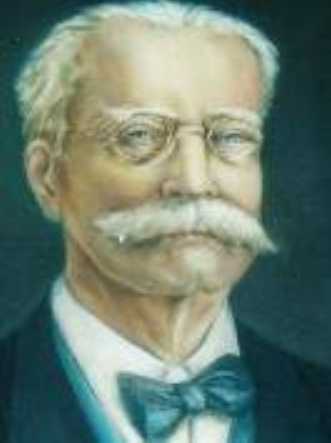4.3.1 The novels and other texts of Emilio Bacardí (1844 – 1922)

Although Emilio Bacardí lived most of his life during the colonial era, his novels, which remain unpublished and date back to the early Republican period, include the pieces “La hija de Hatuey,” “Filigrana,” and “El Doctor Boileau.”
Although his pieces are not of great interest from an aesthetic point of view, as a historian he captured the surrounding reality with scientific rigor, which reflects his knowledge of society and the times, and they are valuable as testimony to an event in which the nation attempted to emerge above dominating desires and foreign economic considerations.
These novels stand out fundamentally for their handling of information and documentation, interesting for historiography more than for Cuban literature, although they do show some successes in the handling of the social background, although the characters appear blurred and the plots are not effective as they incur some digressions and the material itself does not appear very artistically worked.
In addition to these novels, none of which are of great value in themselves, he published “Doña Guiomar. Tiempos de la conquista (1536 – 1548)” in 1917. Although it is classified as a historical novel, it demonstrates that the boundaries and possible interrelations between the discourse inherent to the historical discipline and those of literary fiction or the literary treatment of real-life topics were not yet established in Cuba. Emilio Bacardí was not one of the successful exponents of this field.
In 1950, a series of his short stories was published under the title “Cuentos de todas las noches,” in which he demonstrates greater mastery of literary fiction, though not in the essentials of narrative; thus, these texts do not occupy a prominent place in national literature either.
His work as a journalist and chronicler was significant from the colonial era until the establishment of the Republic and his appointment as mayor of Santiago de Cuba. In this regard, he contributed to publications in this province and also to the Revista Bimestre Cubana and El Fígaro. He was also a member of the Cuban Academy of History and the National Academy of Arts and Letters.








